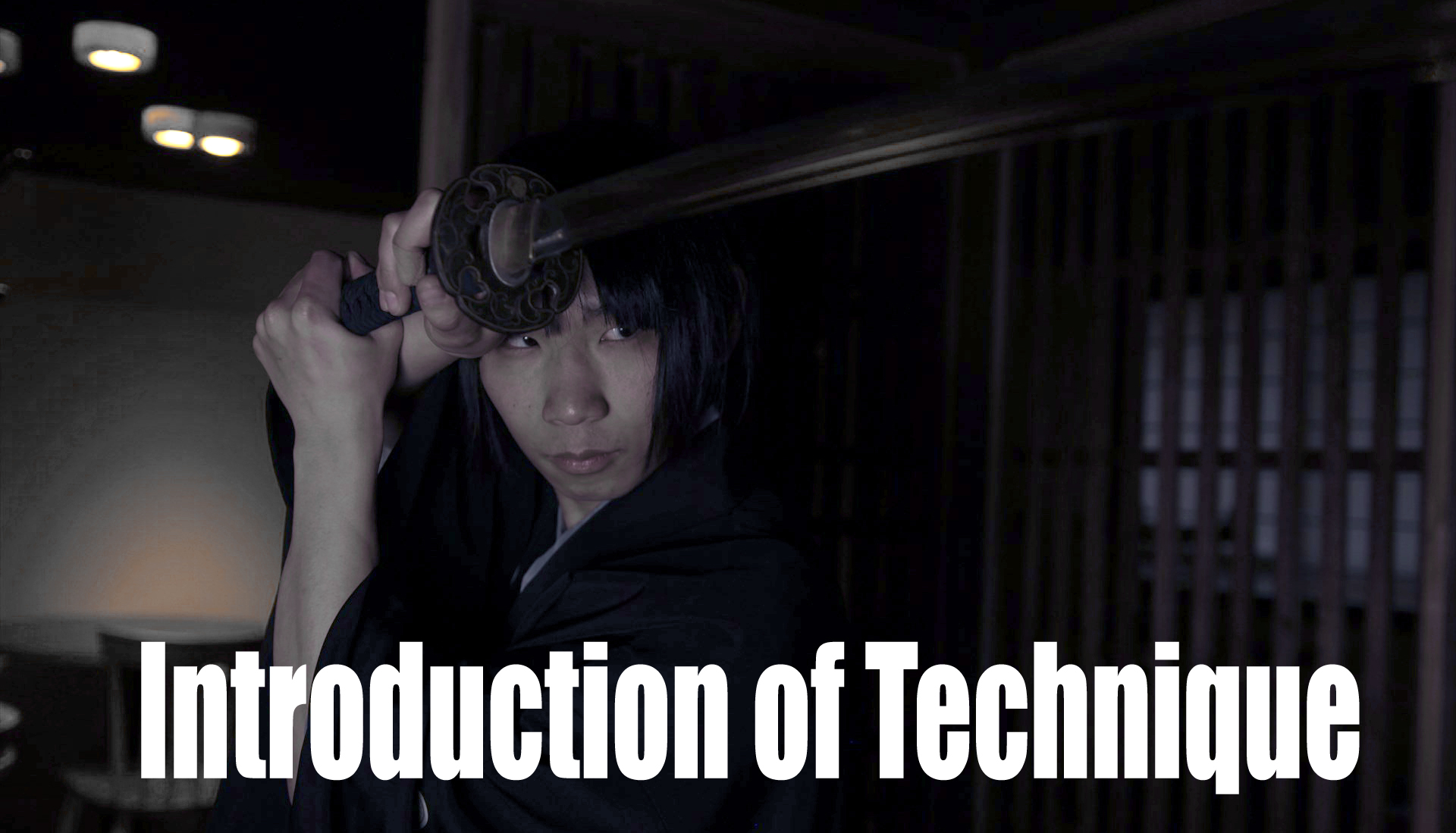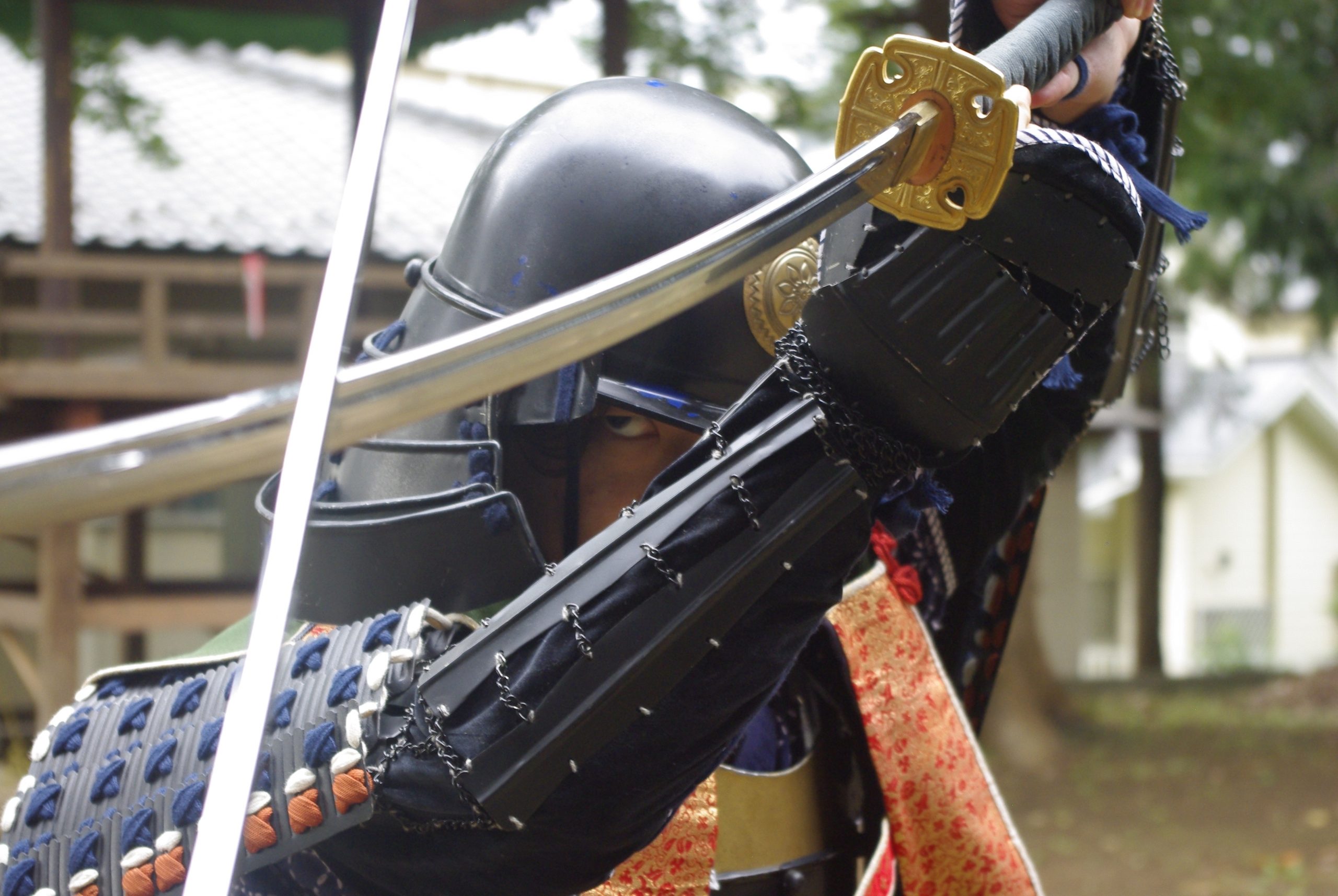“Koran-To (虎乱刀)” from TENSHINRYU .
In close to the opponent, when the opponent is about to draw a sword, we move to right side slightly and cut the opponent’s arm or hand with shifting legs.
If we raise a sword high, it can reinforce attack, but causes delay in attack. Therefore, we do not raise a sword high, but we shift legs to reinforces attack.
Open your legs sideways to kick the armrest (Kyosoku, 脇息) on your right.
But, It doesn’t matter if you actually kick the armrest.
This should be considered as a convenient explanation in traditional martial arts.
Then, when there is no armrest on the side, is it done on the spot?
No. The main point of this is to deviate from the center line.
This center line is the opponent’s attack line and the most dangerous place.
The true meaning of this explanation is to counterattack while reducing the risk.
Of course, if you actually have an armrest, you will kick it.
Unfortunately, there are many Japanese martial arts leaders who do not learn historical culture.
He reads a bits knowledge book and talks about history and samurai culture as if he were an expert.
“Samurai doesn’t use armrests”
This is one of the most common stories in bits knowledge books.
Certainly it wasn’t used very often during public affair, but it wasn’t necessarily.
And it was used in private.
There is a Japanese martial artist who criticized Tenshinryu’s situation of this skill with the knowledge of the bits knowledge book, but it became known of his ignorance.
In the first place, this technique assumes private rather than public affair.
Because it assumes a very close distance.
In Japan, especially in the SAMURAI culture, a closer distance usually indicates a closer relationship.
In this situation, there is one Ozen (four-legged tray for food) in front.
In other words, it is assumed that you will drink alcohol.
Considering the distance of the technique and the armrests, if the martial artist really understands Japanese culture and samurai culture, this must be understood.
In Japan, there is an idea that “fools, ignorant people speak well, wisdom people do not speak”.
And, the wise guys here might think this way.
“Those who understand can understand.”
We have the same idea.
However, this leads to many misunderstandings and mistakes.
So we need to think one step further.
“Tell and teach people who do not understand.”
This is our next challenge and trial.
Embu: Kuwami Masakumo (鍬海政雲)


